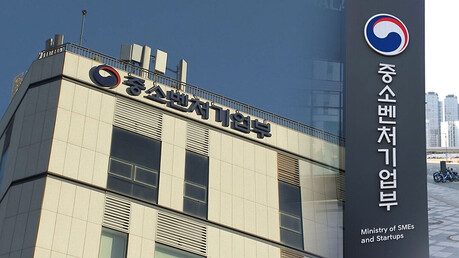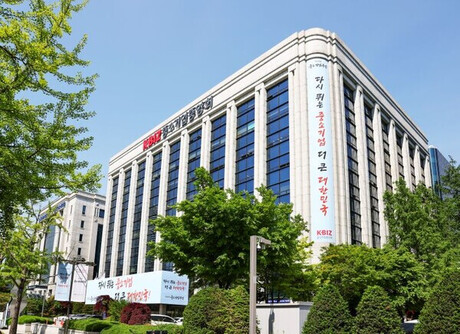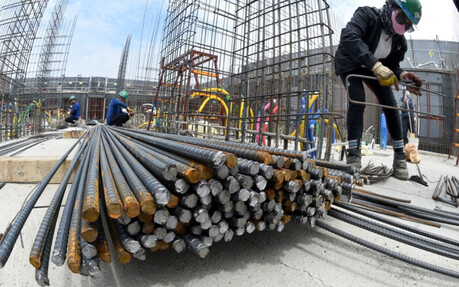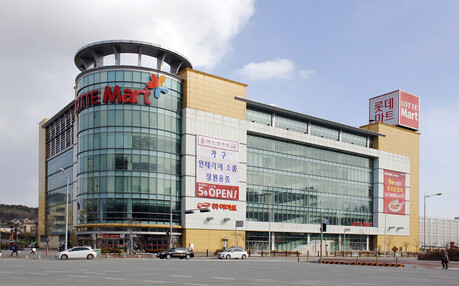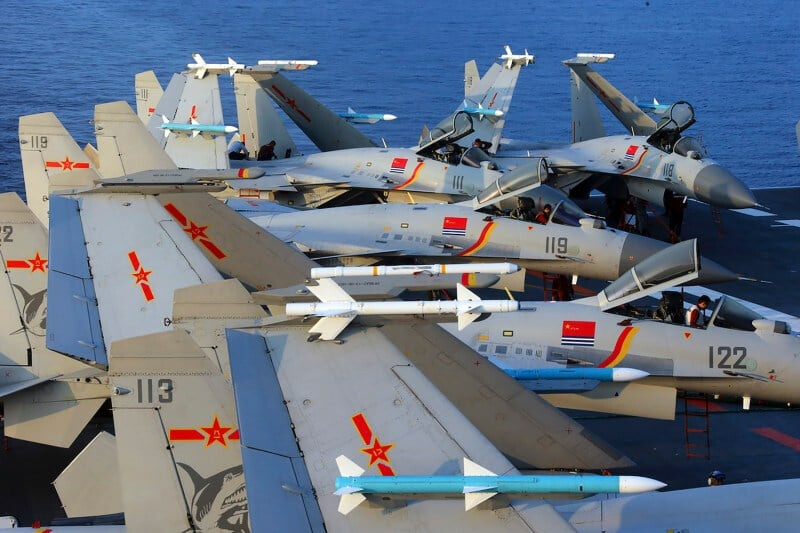
BEIJING/TOKYO – China and Japan, which had recently shown signs of improving relations in the economic sphere, including the resumption of imports of some Japanese seafood, are once again engaged in a sharp war of nerves over close fighter jet flights in the airspace over the East China Sea. The ongoing conflict between the two nations regarding maritime and aerial security is contributing to heightened geopolitical tensions in Northeast Asia.
East China Sea Airspace: A Tense Situation
This latest conflict originated from close reconnaissance flights by Japanese patrol aircraft near China's East China Sea Air Defense Identification Zone (ADIZ) and the subsequent extremely close surveillance flights by Chinese fighter jets in response. According to an Inmin Ilbo report on the 14th, Chinese Ministry of National Defense spokesperson Zhang Bin stated on the 13th that "Japanese Air Self-Defense Force reconnaissance aircraft have recently conducted close reconnaissance flights multiple times in China's East China Sea ADIZ," asserting that the response by Chinese fighter jets was justified. Spokesperson Zhang emphasized that the Chinese military carried out search, identification, tracking, and surveillance in accordance with the law, stating it was "not only completely justified and reasonable, but also professional and compliant with regulations." He further accused, "It is Japan's warships and aircraft conducting close reconnaissance and causing disturbances near China that are the source of maritime and aerial security risks between China and Japan," urging Japan to create an atmosphere conducive to the stable development of bilateral relations.
Chinese military expert Zhang Junzhe also escalated his criticism in an interview with the official Global Times, accusing Japan of "putting the shoe on the wrong foot" by first conducting close reconnaissance near China. This assertion is completely at odds with Japan's announcement on the 10th.
Japan's Strong Protest and Collision Concerns
Previously, on the 9th, Japan's Ministry of Defense announced that a Chinese JH-7 fighter-bomber approached a Japanese Air Self-Defense Force YS-11 information-gathering aircraft, which was conducting警戒 (keikai - vigilance/surveillance) operations in international airspace over the East China Sea, to a horizontal distance of approximately 30 meters and a vertical distance of about 60 meters. According to an NHK report, the JH-7 fighter-bomber repeatedly conducted close flights towards the YS-11 information-gathering aircraft again on the following day, the 10th.
In response, Japanese Vice Minister for Foreign Affairs Funakoshi Takehiro summoned Chinese Ambassador to Japan Wu Jianghao to protest strongly, stating that such actions "could cause accidental collisions," and demanded measures to prevent recurrence. This is not the first military war of nerves between the two nations. From the 7th to the 8th of last month, Chinese fighter jets also conducted close flights against a Japanese Maritime Self-Defense Force patrol aircraft that was monitoring the movement of the Chinese aircraft carrier Shandong in the Western Pacific, leading to friction. These series of incidents clearly demonstrate the escalating military tensions between the two countries in the East China Sea and the Western Pacific.
Military Standoff Amidst Economic Cooperation Momentum
This military war of nerves is drawing more attention as it coincides with recent signs of improving relations between the two countries. Last month, China decided to partially resume imports of Japanese seafood, which had been suspended for about 1 year and 10 months due to the discharge of treated water from the Fukushima Daiichi Nuclear Power Plant. This was interpreted as a positive sign for the recovery of economic ties between the two nations. Additionally, China announced that it had completed its domestic procedures for the entry into force of the "Animal Health and Quarantine Agreement," necessary for the resumption of Japanese beef imports, in response to Japan's request. The progress of this agreement, which had not taken effect despite being agreed upon in 2019, suggested the possibility of strengthening economic cooperation between the two countries.
However, despite these conciliatory gestures in the economic sphere, the two nations' positions on maritime territorial claims and security issues, including the East China Sea, remain clearly divergent. China asserts extensive territorial claims over the East China Sea, which Japan strongly opposes. In particular, China's establishment of its Air Defense Identification Zone (ADIZ) and its operational methods continue to cause friction with neighboring countries. China's ADIZ overlaps with parts of both Japan and South Korea, contributing to increased security concerns among regional nations.
Experts believe that while China and Japan will maintain economic interdependence, they will continue their uncompromising power struggle over territorial and security issues. This will act as a persistent destabilizing factor for the stability of the Northeast Asian region, and diplomatic efforts and strategic responses from neighboring countries are expected to become even more crucial. Attention is focused on how the two nations will develop their relationship within this delicate balance.
[Copyright (c) Global Economic Times. All Rights Reserved.]
















